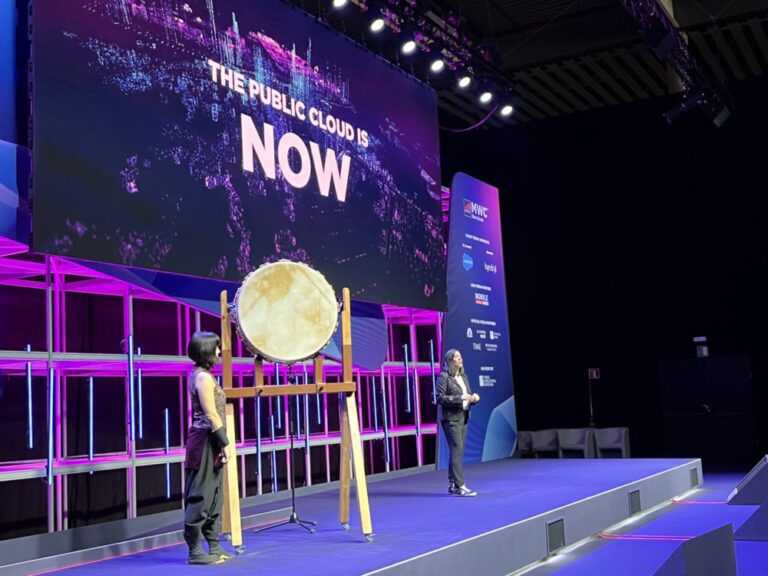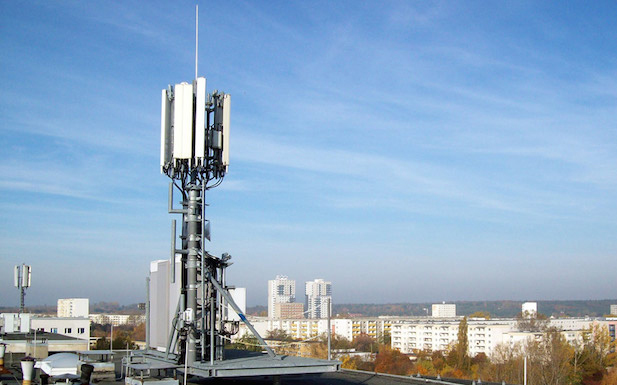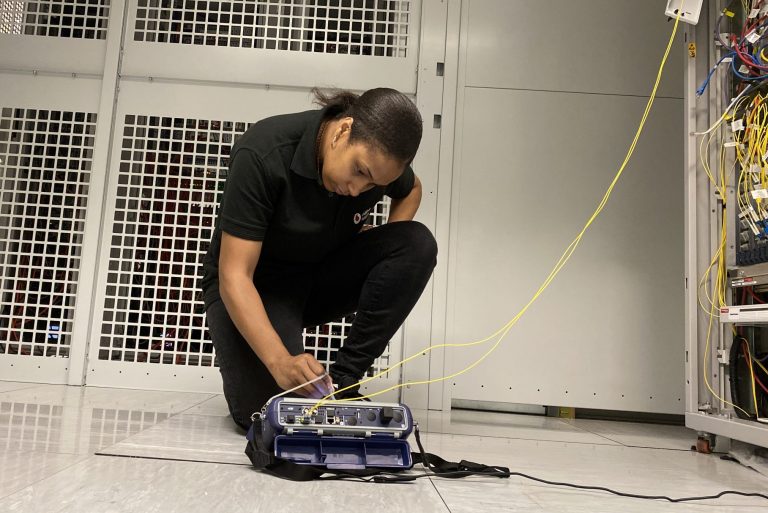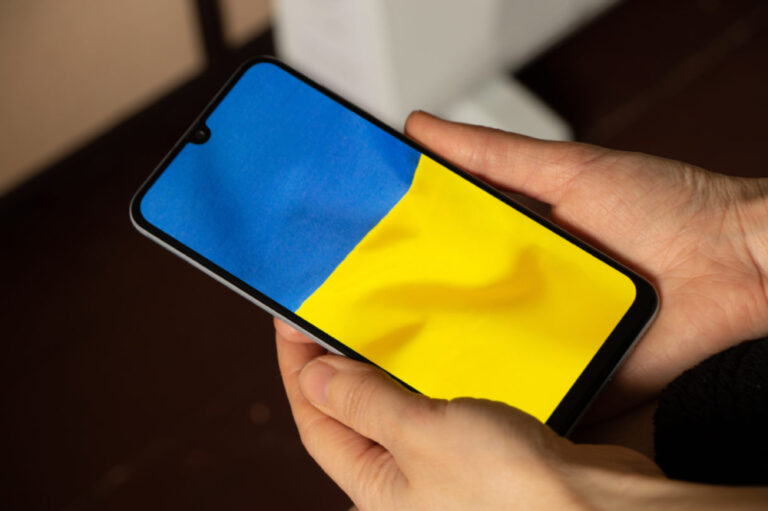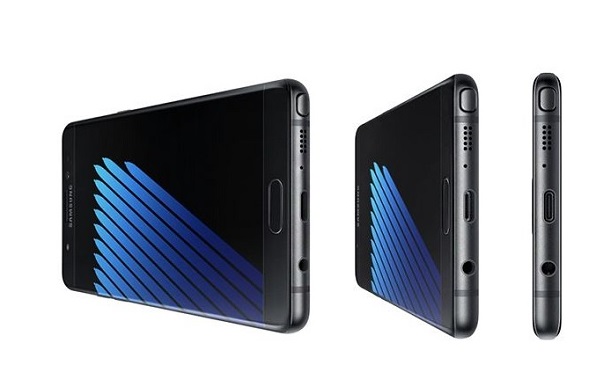SpaceX founder Elon Musk has warned that extending his Starlink satellite broadband service to Ukraine could have unintended consequences. Musk has issued a warning that there is a high risk that Starlink’s satellite’s could be taken out over Ukraine.
“Starlink is the only non-Russian communications system still working in some parts of Ukraine, so probability of being targeted is high. Please use with caution,” Musk tweeted. “Turn on Starlink only when needed and place antenna away as far away from people as possible,” Musk said. He advised telco staff to: “place light camouflage over antenna to avoid visual detection.”
Internet security researcher John Scott-Railton has warned that the gesture could get innocent people killed because devices used for satellite communications are potential ‘beacons’ that Russia could target for airstrikes. Starlink was activated in Ukraine on Saturday, after a Ukraine government official asked Musk to provide the invaded country with Starlink stations in response to the Russian aggression. SpaceX has since sent more terminals to the country. On Monday, Ukraine said it had received the donated internet terminals.
In February John Scott-Railton, a senior researcher at the University of Toronto’s Citizen Lab project warned that any satellite could become a Russian target. He warned that Musk’s good intentions may get people killed unless they are aware of the unintended risks the technology can create. In a series of tweets Scott-Railton outlined Russia’s satellite neutralising expertise.
“If well-meaning people rush an untested-in-war new tech into an active conflict zone like Ukraine and promote it as safer, they may get people killed,” saidScott-Railton. “Russia has big electronic ears. Encryption doesn’t prevent geolocation based on radio emissions. A smartphone or satcom user can be on an encrypted call, using a virtual private network, correctly believing that nobody is listening to them, right up until the instant they are nabbed.”
“If #Putin controls the air above #Ukraine, users’ uplink transmissions become beacons for airstrikes,” Scott-Railton tweeted, “Russia has decades of experience hitting people by targeting their satellite communications.”
In 1996, though Chechen president Dzhokhar Dudayev was careful Russian aircraft reportedly found his satellite phone call and killed him with a missile strike, Scott-Railton revealed. In Syria, ISIS reportedly devised tactics to avoid being killed by strikes against their satellite internet terminals, such as distancing their dishes from their installations and covertly taking a connection from a civilian internet cafes’ very small aperture terminals (VSATs).
War correspondents in Ukraine, who will probably have ‘the usual clutch’ of satellite phones and broadband global are network devices (BGANs) with them, could be a target for assassination, Scott-Railton mooted. Marie Colvin of the Sunday Times of London and French photographer Rémi Ochlik were killed, in Homs, Syria, at a location that reportedly say was pinpointed through their satellite phones.
Scott-Railton has released a white paper in a bid to avert more tragedies. “I see a familiar mistake looming. Again,” said Scott-Railton.



